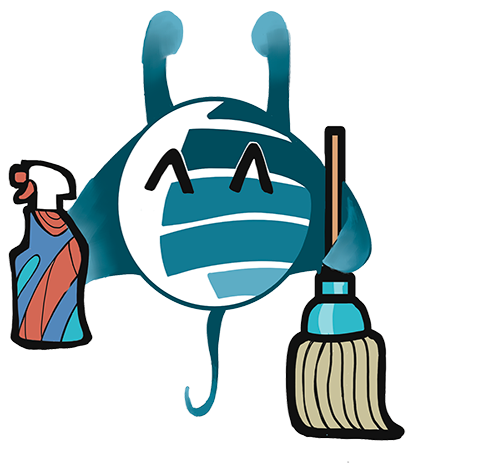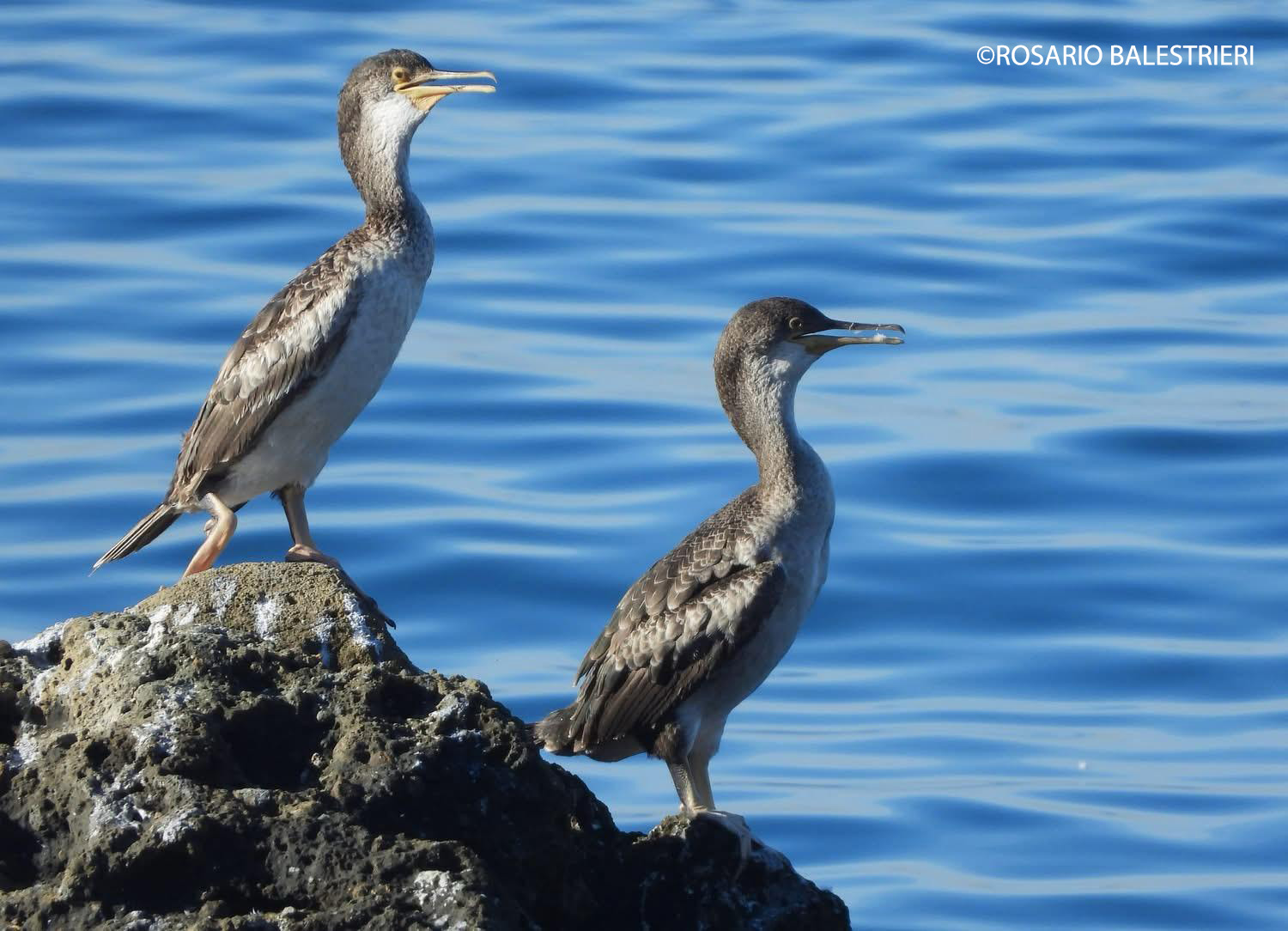The element that most distinguishes it even to the least expert eye, so much so that it is included in its common name, is a tuft of curved feathers on the head that is part of the male's nuptial plumage.
It is the European Shag, whose scientific name is Gulosus aristoteles, but which is also identified as Phalacrocorax aristoteles, to underline its belonging to the Phalacrocoracidae family to which cormorants also belong. And in fact it is a close relative of them. Even the shape of the body bears witness to this, although the European Shag is smaller with its 65/80 centimeters in length, the long, more slender neck and the more rounded head. They also share the dark coloration: the adult European Shag has black plumage with dark green reflections on the body and purple-red on the wings and the webbed feet are also dark; the young have a lighter belly tending towards whitish.
It is a pelagic bird, present from the Atlantic Ocean to the Mediterranean basin. The subspecies Phalacrocorax aristoteles desmarestii lives between the Mediterranean and the Black Sea, which in Italy is widespread especially in Sardinia and to a much lesser extent in the Tuscan Archipelago and the Pontine Islands, as well as some couples reported also in the Pelagie Islands. In fact, the shag populates islands and non-urbanized coastal stretches of gulfs and bays and nests on islets and even emerging rocks, using cavities and fractures in the rocks, in sheltered places and safe from terrestrial prey.
The breeding season, for which the male shows off his crest, begins in December and continues until March. The female lays an average of three eggs, which are incubated by the couple for about a month. After hatching, the chicks remain in the nest for a couple of months, before starting to fly.
Once that phase is over, the shags gather in large flocks and together they go in search of better sites in which to obtain food. However, they are not, in any case, long-distance migrants, in fact they are decidedly sedentary as regards nesting and not only. Equipped with a wingspan of up to a meter, shags dedicate this characteristic to obtaining food, for which they are very skilled fishermen. They go in search of their prey even in the sea, chasing fish underwater.
Although they are not at high risk, cormorants are a rare presence, which has become even more so in Italy. In fact, the populations continue to regress a bit everywhere, starting from the Gulf of Trieste and the Adriatic. In the last fifty years the number of couples counted along the coasts of Sardinia has decreased by more than fifty percent. Few couples remain in the Tuscan Archipelago and in the other reference sites in Italy.
A critical condition entirely linked to human activities, because birds suffer from marine pollution, especially from heavy metals. Enemies are also fishing nets and longline hooks, the urbanization of breeding sites and the “invasion” of their sea by tourists. The protection of the species is first and foremost the European Union Birds Directive, but shags are included in both the Bern and Barcelona Conventions.




